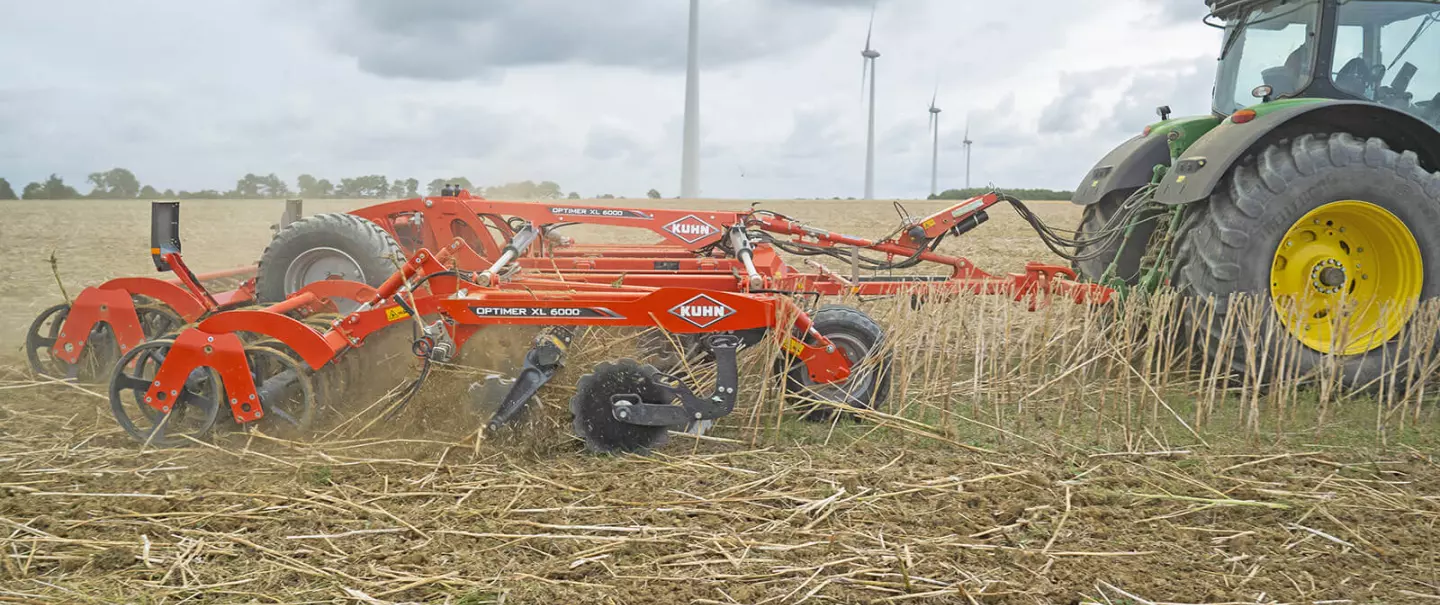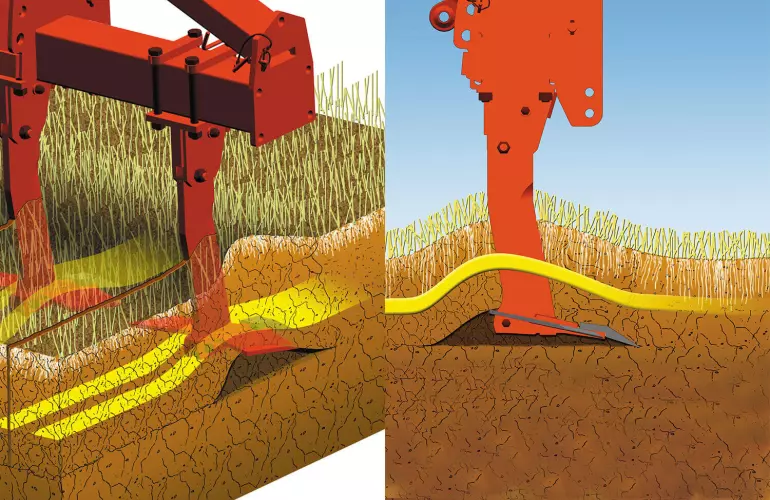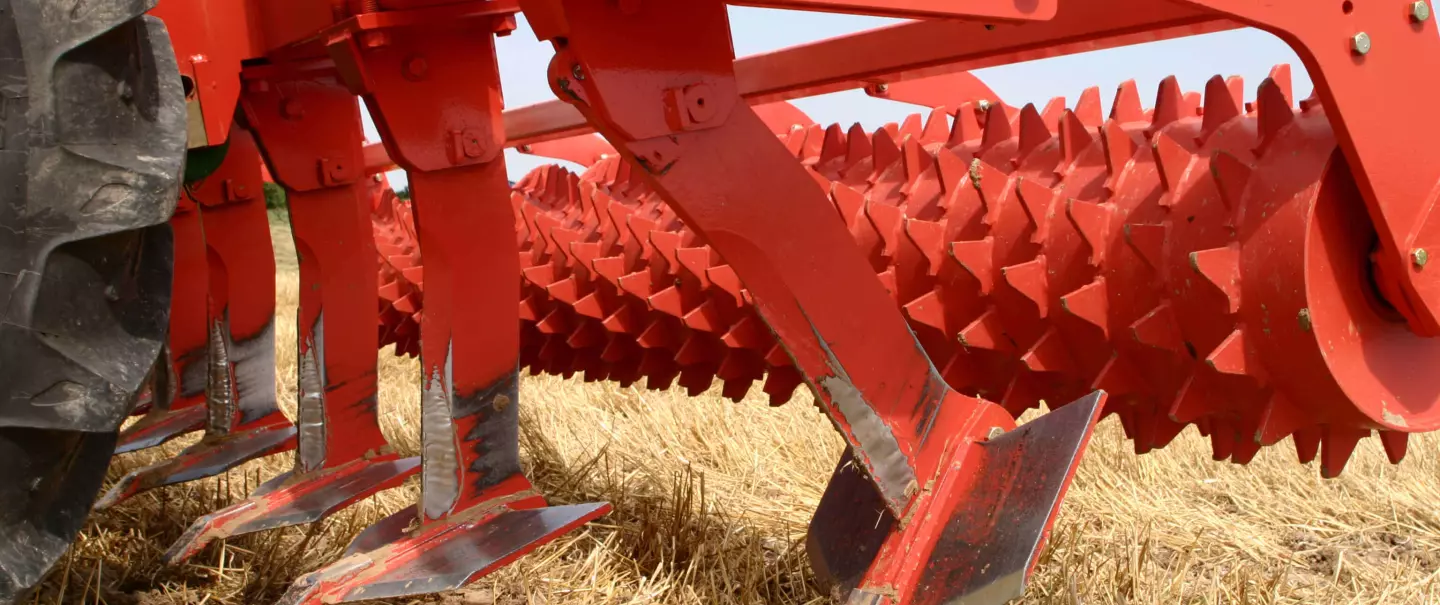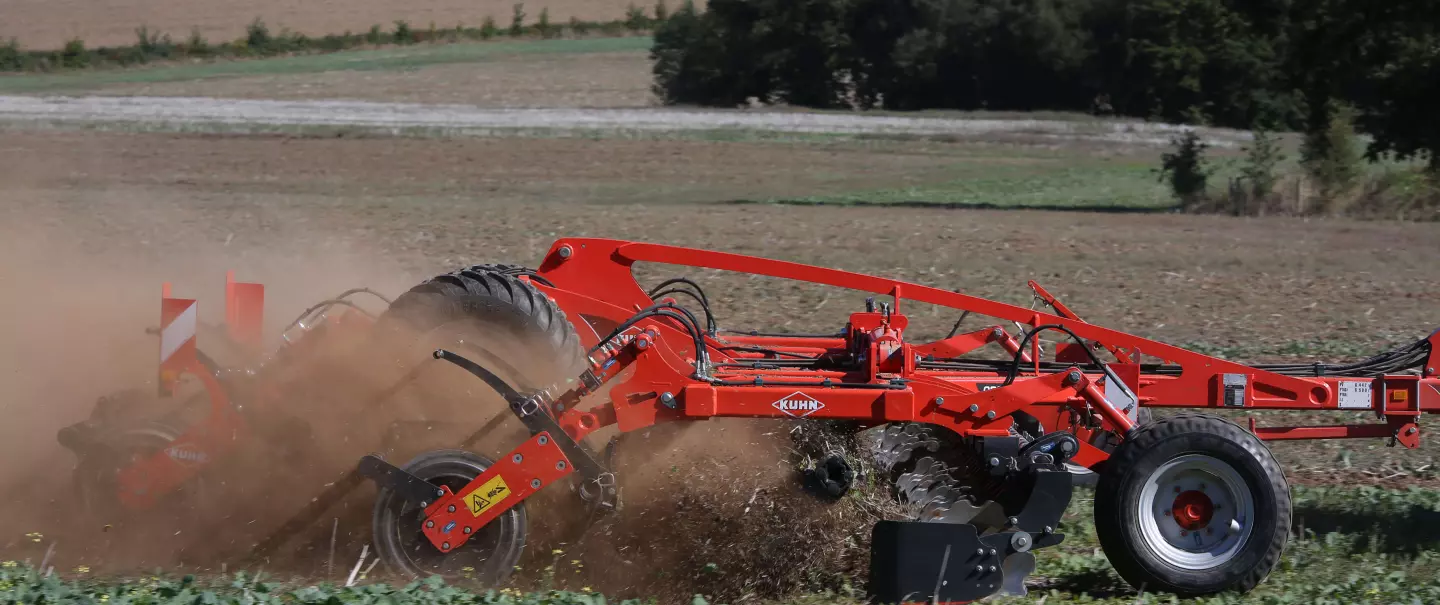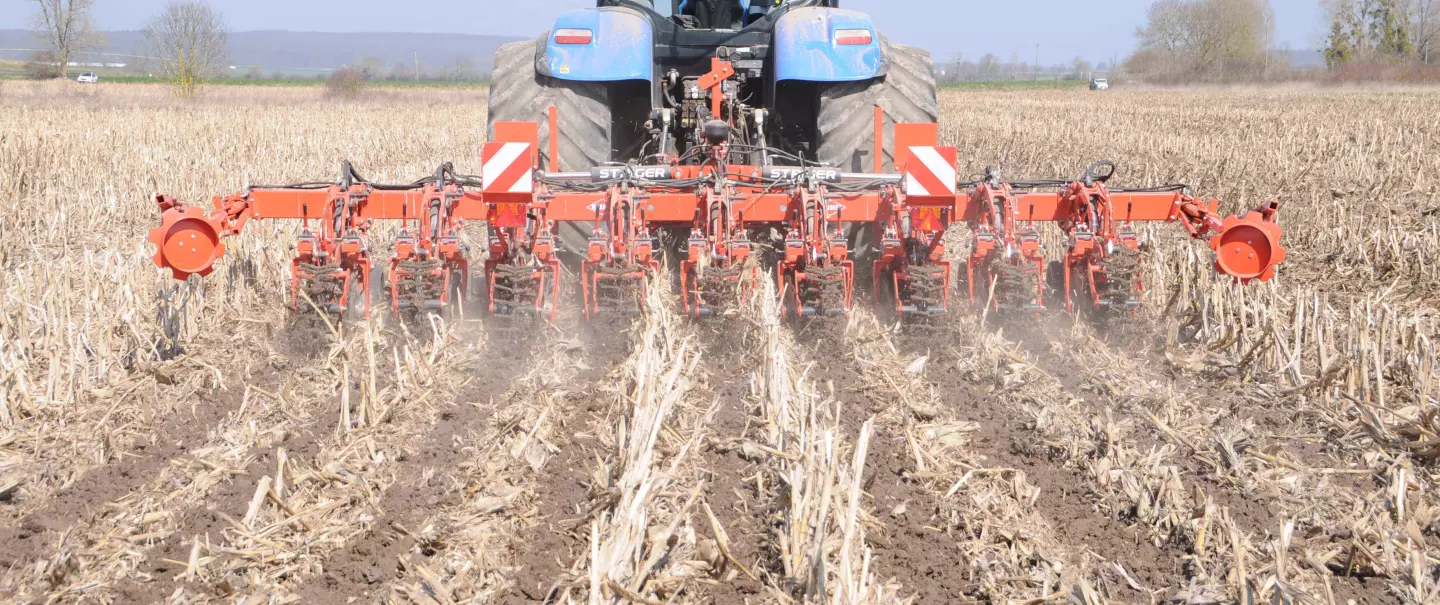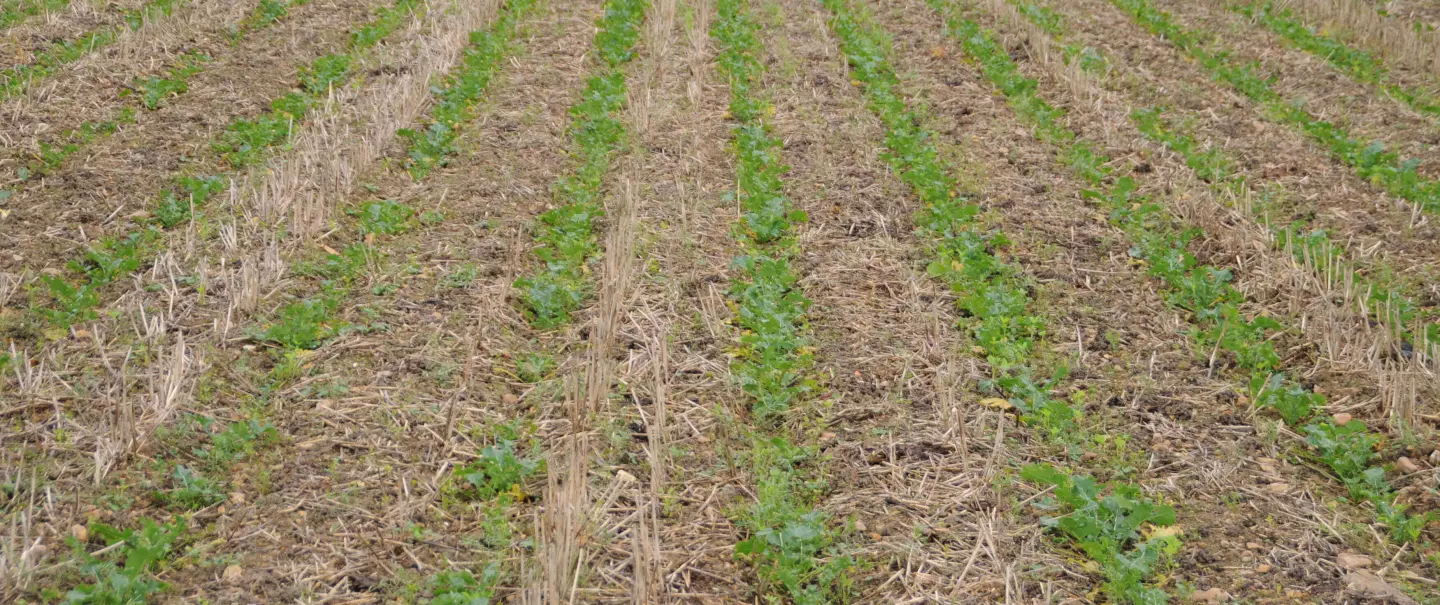
Strip-tillage: definition and basics
Strip-tillage is an agricultural technique that consists of working the row where the crop is planted only. It has many advantages including savings in terms of time and inputs. It also preserves soil...

Strip-tillage is an agricultural technique that consists of working the row where the crop is planted only. It has many advantages including savings in terms of time and inputs. It also preserves soil...
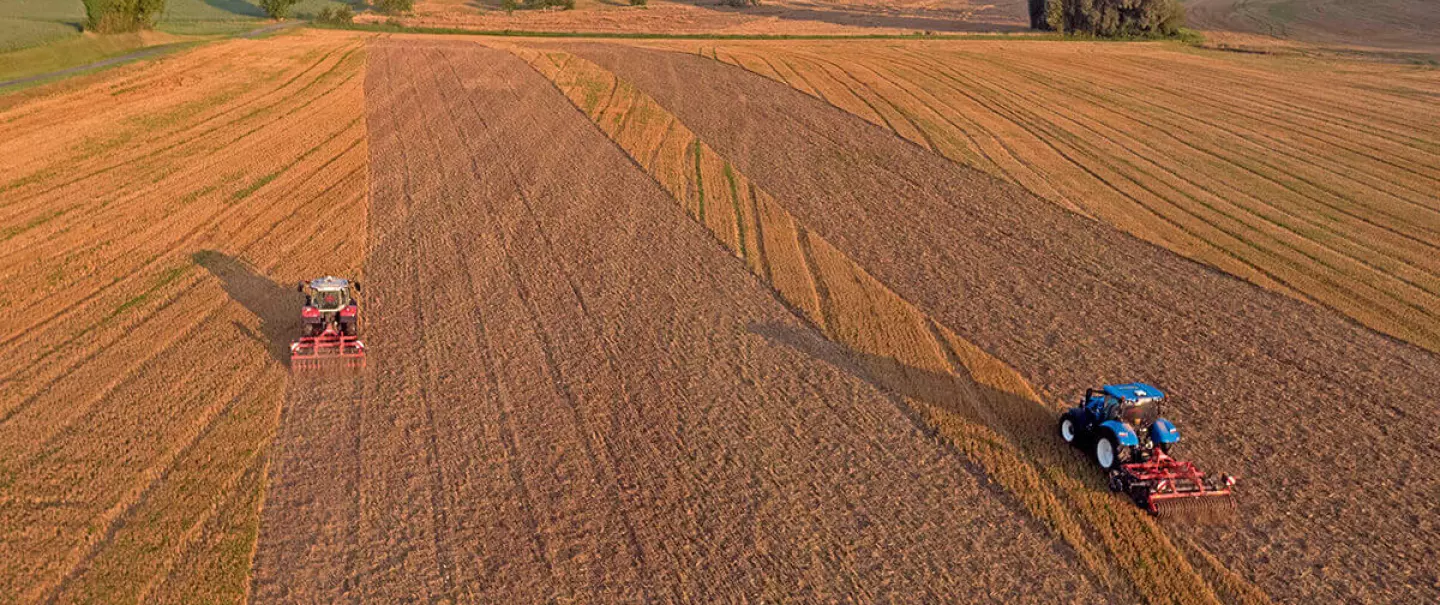
Stubble cultivation is no longer just an operation to bury straw after the harvest. In modern farming it is a rapidly developing technique used all year round to prepare the soil for seeding, managing...
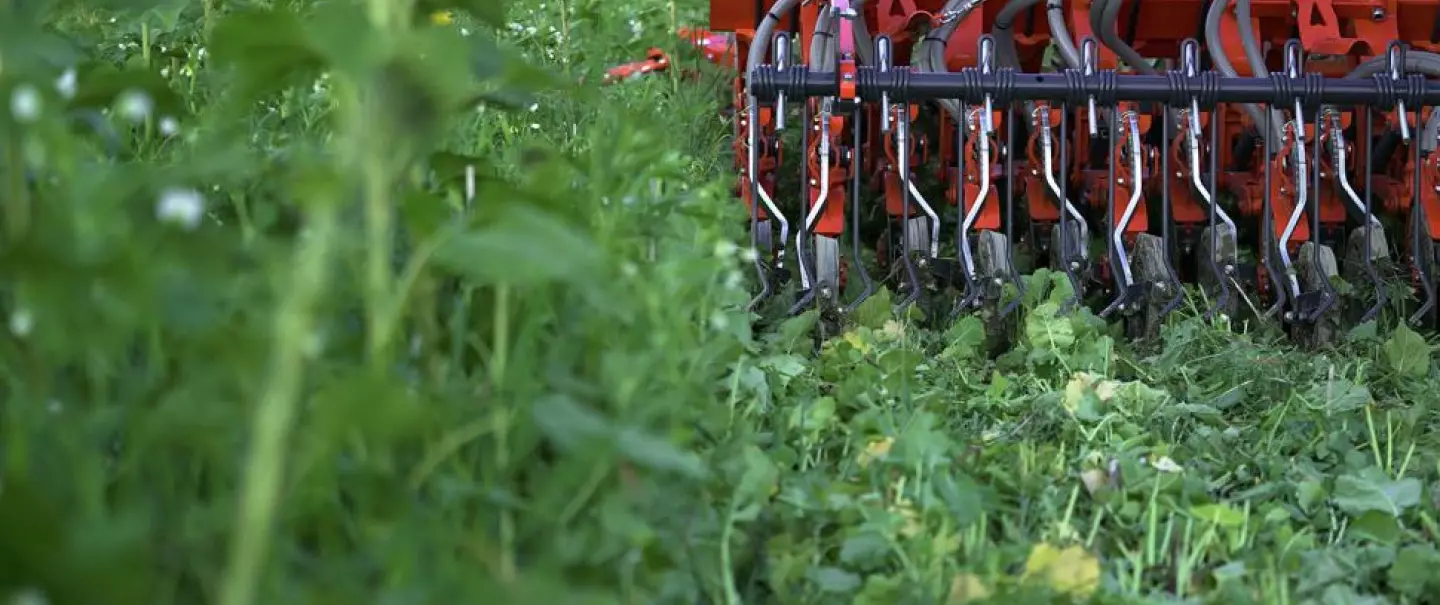
More than a technique, direct drilling is a global approach to crop rotation and a certain vision of agriculture that aims to preserve the structure and life of the soil....
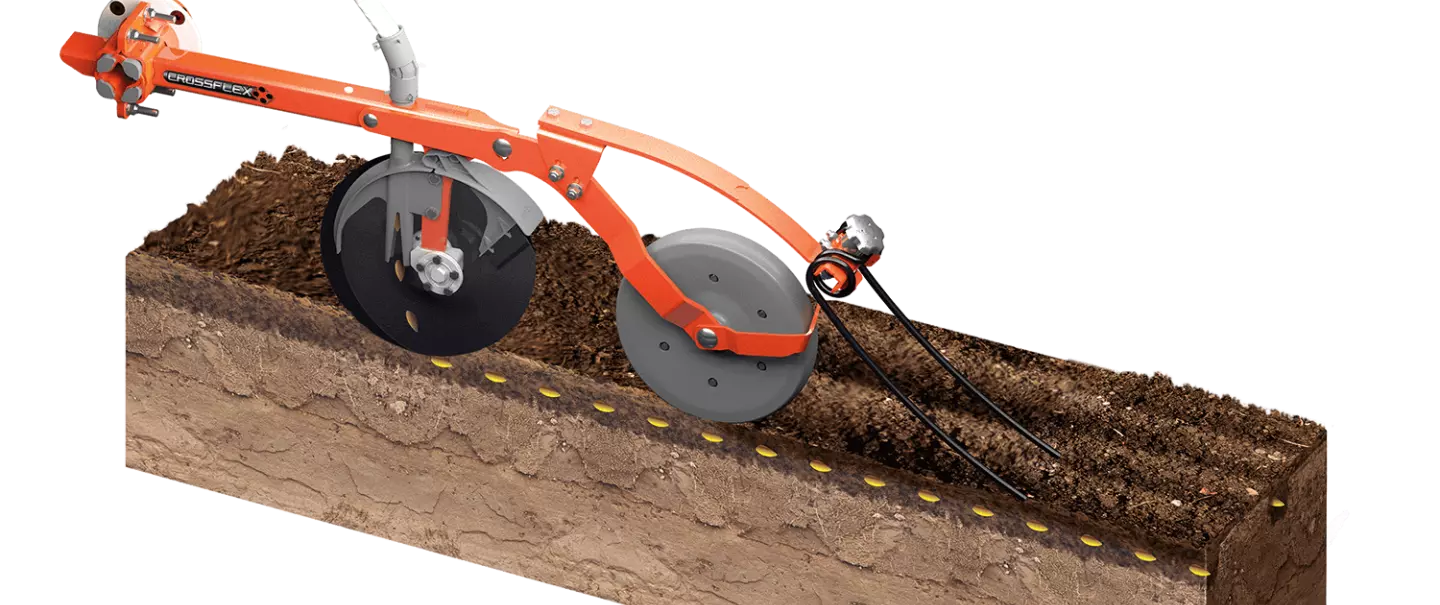
Minimum cultivation sits midway between ploughing and direct drilling and is the choice of many farmers. With the right seed drill, this technique preserves the soil and lightens the workload leading ...
Minimum Tillage Methods consist of non-ploughing techniques from pseudo-ploughing to no-till.
Pseudo-ploughing is a no-plough tillage technique that enables farmers to work the field to depths of between 15 and 30cm without turning the soil. The land is not turned by plough shares. It is restructured by tine or disc cultivators, without being destabilised, in preparation for seeding. Crop residues are partially buried, and organic matter is diluted in the tilled zone. The soil’s biodiversity is better preserved with this method than with ploughing. In addition, less power is required as the machines are lighter and work larger widths.
At KUHN, the Performer and Cultimer range of machines are made for this tillage technique.
Discover our range of minimum tillage implements
Show me machines made for min-tillDeep work without the plough may mean using a soil-loosening tool with tines that loosens the soil down to 20 to 30cm without mixing the layers. Soil looseners restructure the soil and preserve the fauna. They also level the soil to maintain humidity and avoid the effects of drought. Crop residues and organic matter remain at the surface to reduce erosion and run-off to enhance water infiltration and slow soil drying. Structural continuity remains optimum for the exchange of gases and water by capillary action as well as for root protection and better bearing capacity.
DC Sub Soiler
Made for soil loosening with 4 to 6 tines. Work at widths of 3 to 4m and at a depth of 35cm.
Discover your future sub-soilerShallow cultivation has many similarities with pseudo-ploughing. The main differences are the working depths (5 to 15cm) and the higher work output of shallow cultivation machines which work at large widths. This method does not turn the soil, but crop residues are mixed in with some left on the surface to limit erosion. Stubble cultivators with discs can be used for this tillage technique. These tools are capable of intensive operations at high speeds which is ideal for destroying cover crops.
Stubble cultivators with tines can also be used to produce fine soil at the top in preparation for seeding. These farming techniques are also useful for pre-sowing. Intermediate stubble cultivation at 5 to 15cm deep allows you to plant a cover crop at the end of the summer while killing the weeds in the plot and creating a seedbed for the following crop.
For shallow cultivation,
KUHN proposes the Optimer range of stubble cultivators with discs and the Prolander range of stubble cultivators with tines.
Show me stubble cultivatorsStrip-till is a technique that has the advantages of no-till while ensuring effective crop planting. This minimum tillage technique localises tillage to the seeding row and leaves the space in between untouched. This results in a similar seedbed along the seeding row to when conventional methods are used, with residues left on the surface in between the row.
Organic matter content is increased and crop residues on the surface limit erosion. The seeding strip warms up for fast seedling emergence. This cultivation technique is particularly well adapted to row crops such as maize, sunflower, soya, sorghum, rapeseed, and sugar beet.
Striger 100
Till between 4 and 12 seeding rows.
Unlock success with Strip-tillageNo-till, or direct mulch-based seeding means seeding without tilling at all (no soil turning, no loosening, no seedbed preparation). Seeds are planted in the plot directly. The physical characteristics of the soil required for crop development come solely from the weather and biological activity (roots, animals, earthworms, micro-organisms), and permanent soil cover preserves it. The no-till method is one of the foundations of conservation farming.
To work with the no-till method, a specific seed drill is required that is capable of sowing in bare soil or with plant cover.

Weed control is a major challenge to think about when starting with minimum tillage techniques.
By reducing work time, Minimum Tillage Methods give farmers time to optimise the use of phytosanitary products and fertilisers.
The second pillar of conservation agriculture is increased crop rotations which contributes to controlling weed emergence and limiting diseases. There is no ideal crop rotation strategy. Rotation planning should revolve around the main crops and sequencing.
It is important to adapt the Minimum Tillage Technique to seeding dates, soil and climatic conditions, and species. Certain rules should be respected with crop planning. For instance, it is not recommended to seed different legumes at the same time in order to avoid over-fertilisation, or to cultivate two cereal crops simultaneously in order to reduce the emergence of specific weeds.
Certain crop associations are advantageous due to their specific properties.
The soil should be assessed every year in order to select the most appropriate minimum cultivation methods. For example, wet, clayey soil can make using a seed drill or harrow with tines complicated.
